Our toxicologist reveals the 3 secretly toxic items in your living room – and the simple swaps to make to protect your health and home
Replace couches and carpets, and tackle dust effectively, our expert urges


Your living room isn't just somewhere you unwind after a long day. It's where you entertain friends, watch movies, and curl up with a good book over a restful weekend.
It might seem cozy and comfortable, but did you know it could be filled with hidden hazardous chemicals, that may harm both your health and home?
Here, our toxicologist breaks down the toxic items to get rid of in your living room – from your couch to your carpet – that could be exposing you to flame retardants, PFAs, and other potentially hazardous substances, so you can make your home less toxic.
3 secretly toxic items in your living room
1. Household dust
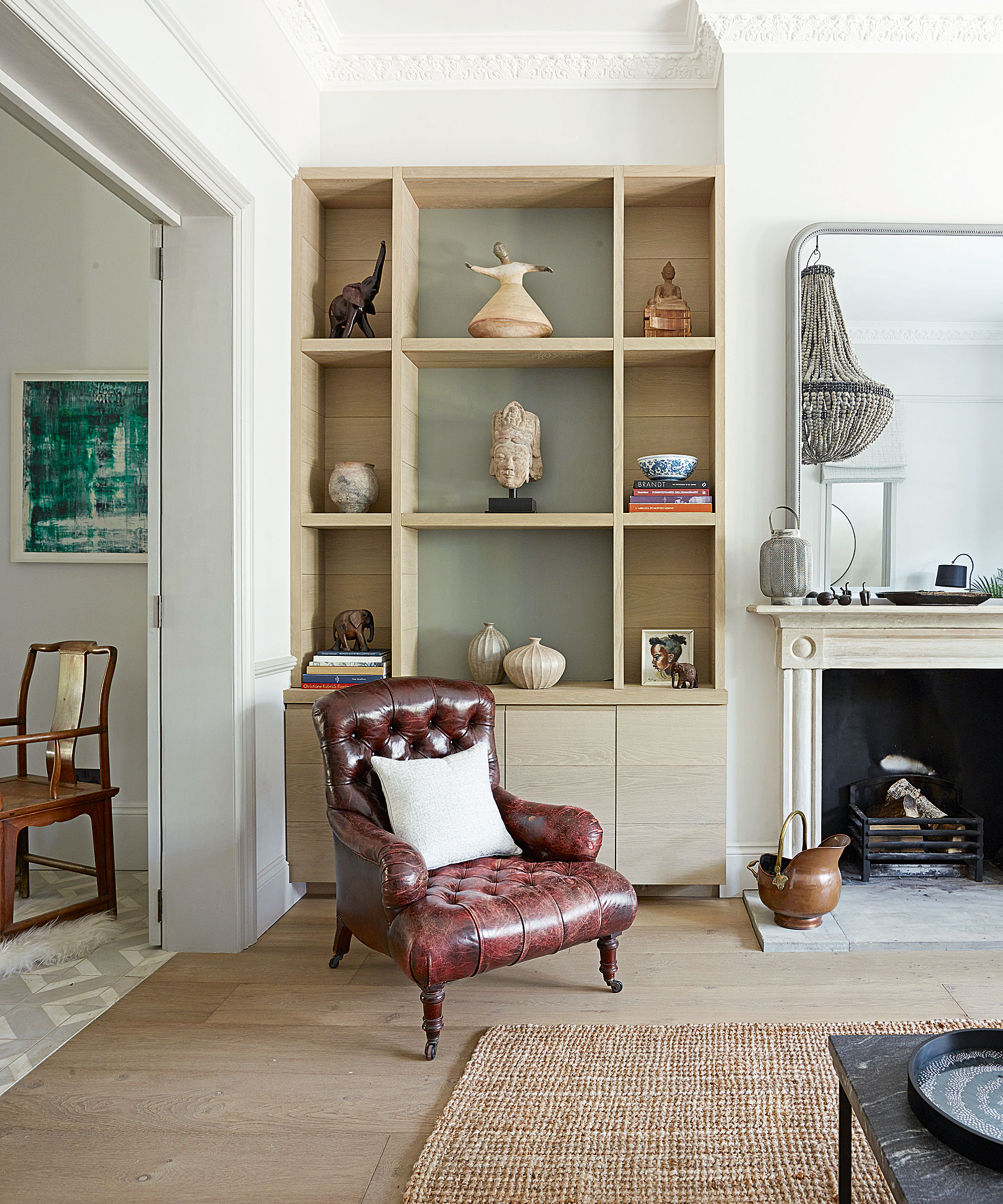
When exploring how to remove dust around your home, it's almost impossible to completely be rid of it, particularly in a living room that's filled with soft furnishings, artworks and ornaments.
However, Tasha Stoiber, Ph.D., senior scientist at EWG, warns, 'Toxic chemicals from furniture, electronics and flooring settle into dust, which we breathe in or ingest, especially young children who play on the floor.'
Detailed in EWG's Healthy Living Home Guide to reducing household dust and getting toxic dust out of your home, Tasha recommends reducing exposure by using one of the best HEPA vacuums and getting clued up on how to mop floors the right way.
You can also make a homemade cleaning spray to repel dust and prevent it from settling, using olive oil, vinegar and dish soap, such as the all-natural Method Dish Soap, available at Walmart.
All prices correct at time of publication.
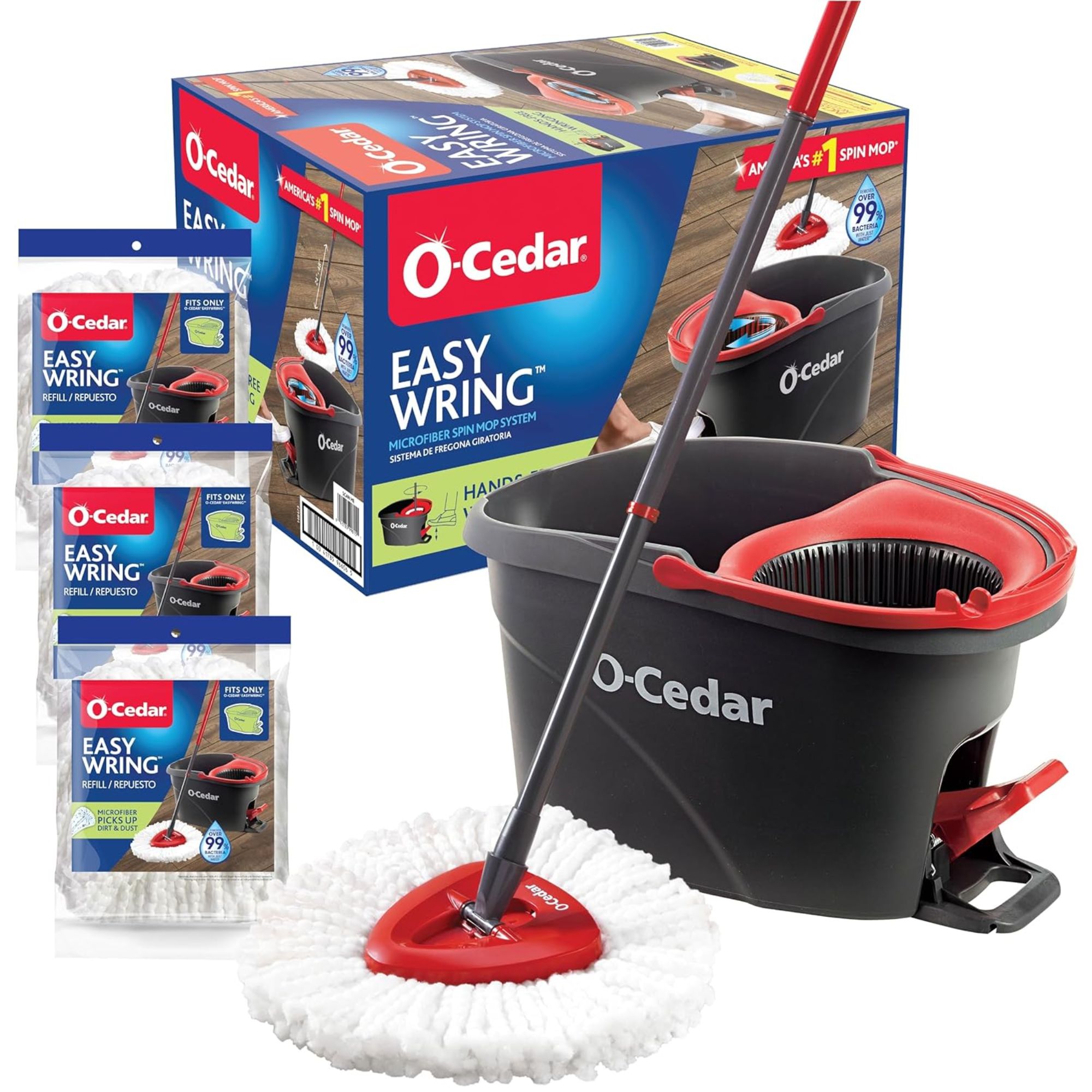
This bucket and mop features a microfiber, machine washable mophead, with a patented triangle design to reach into corners and capture dirt and grime with just plain water.
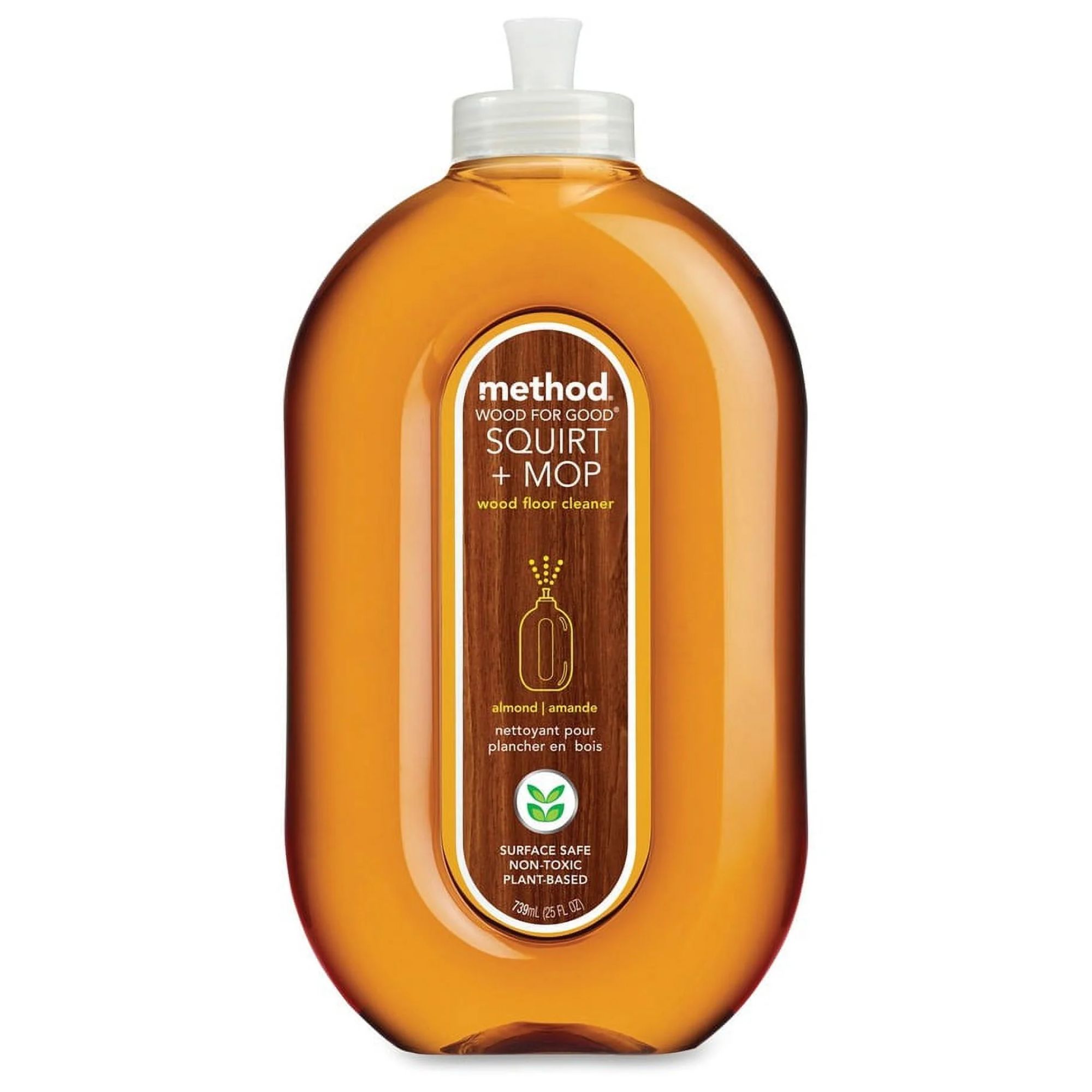
This is the perfect product for a one step clean, with no rinsing required. It's also vegan and plant-based, with a rich and nutty almond fragrance.
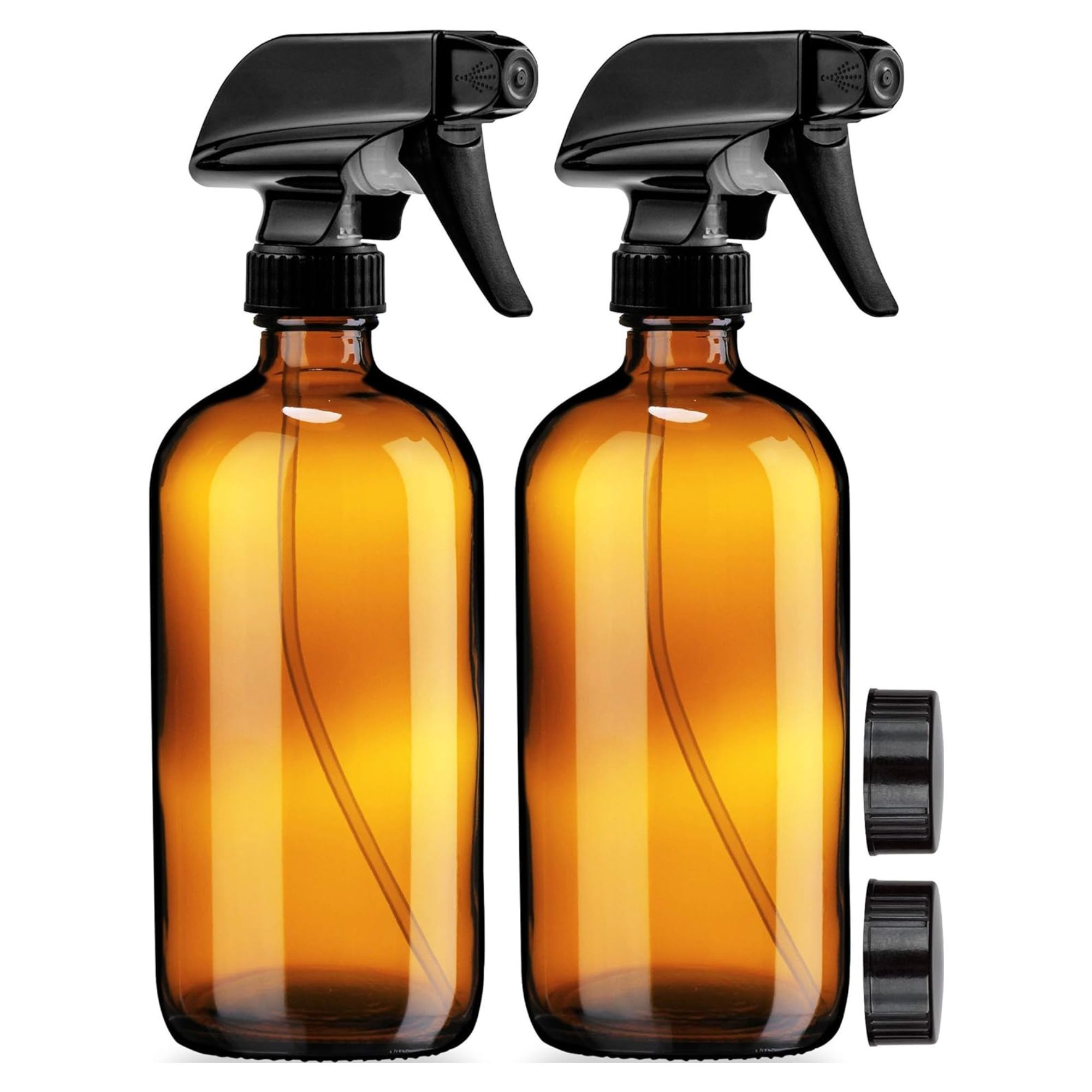
These eco-friendly glass bottles have UV protection to retain the efficacy of homemade cleaning solutions and reduce plastic chemicals in your home.
2. Carpets and vinyl flooring
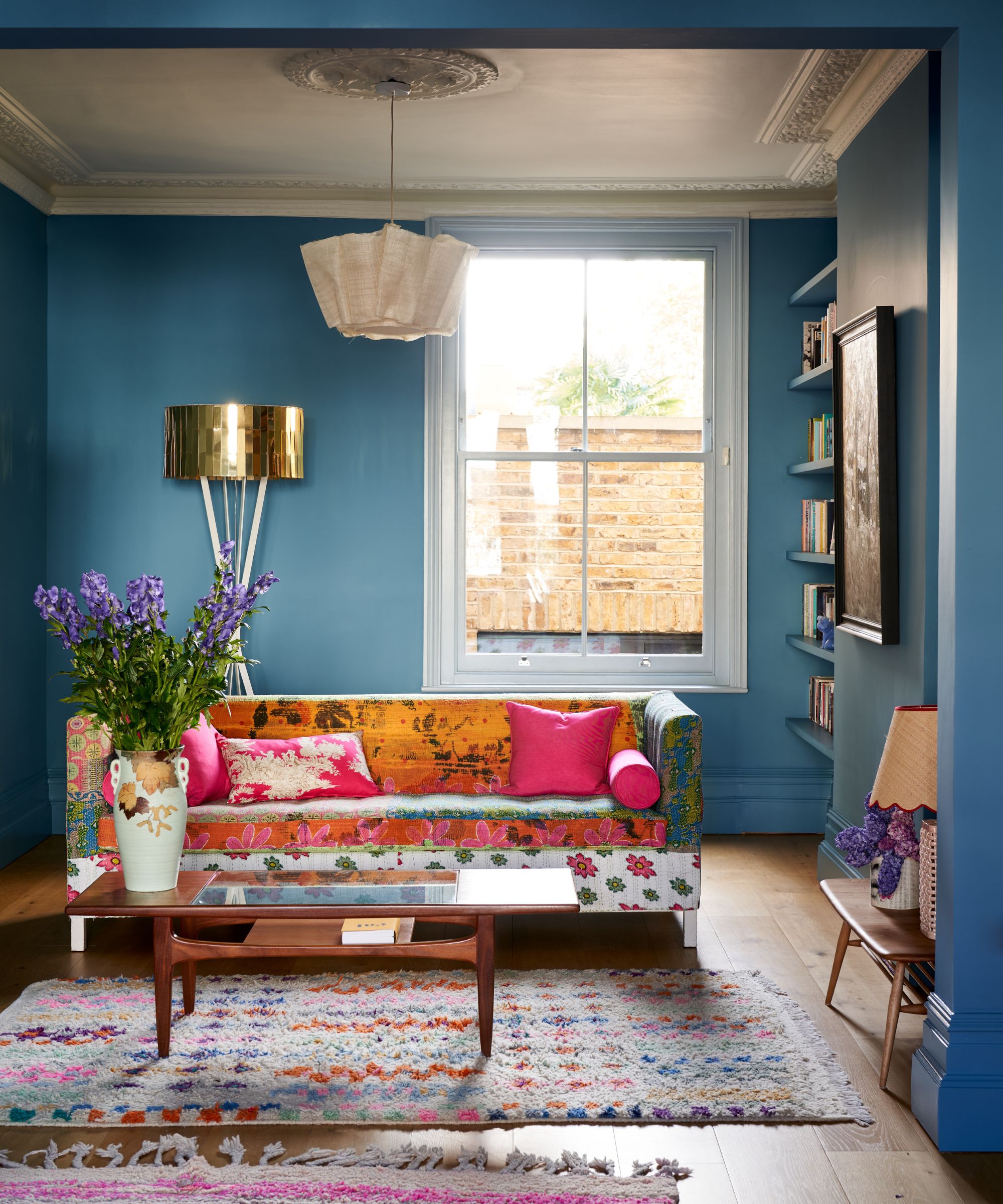
Whether you opt for soft and fluffy or bright and patterned, your living room doesn't need a rug, but they do always add a touch of flair. That being said, both carpets and bare vinyl flooring can post significant risks to your health.
As Tasha highlights, 'Many carpets contain stain-resistant coatings made from PFAs – so-called 'forever chemicals' linked to immune system suppression and cancer. Vinyl flooring also often contains phthalates, which interfere with hormone function.'
Therefore, if you're renovating, as explored in EWG’s Healthy Living Home Guide on carpets and flooring, Tasha recommends going for natural materials, like wool, when choosing a rug, and solid wood flooring ideas over other alternatives.

With a playful scalloped edge, this thick and plush area rug is made of 100% wool, and comes in five colors.
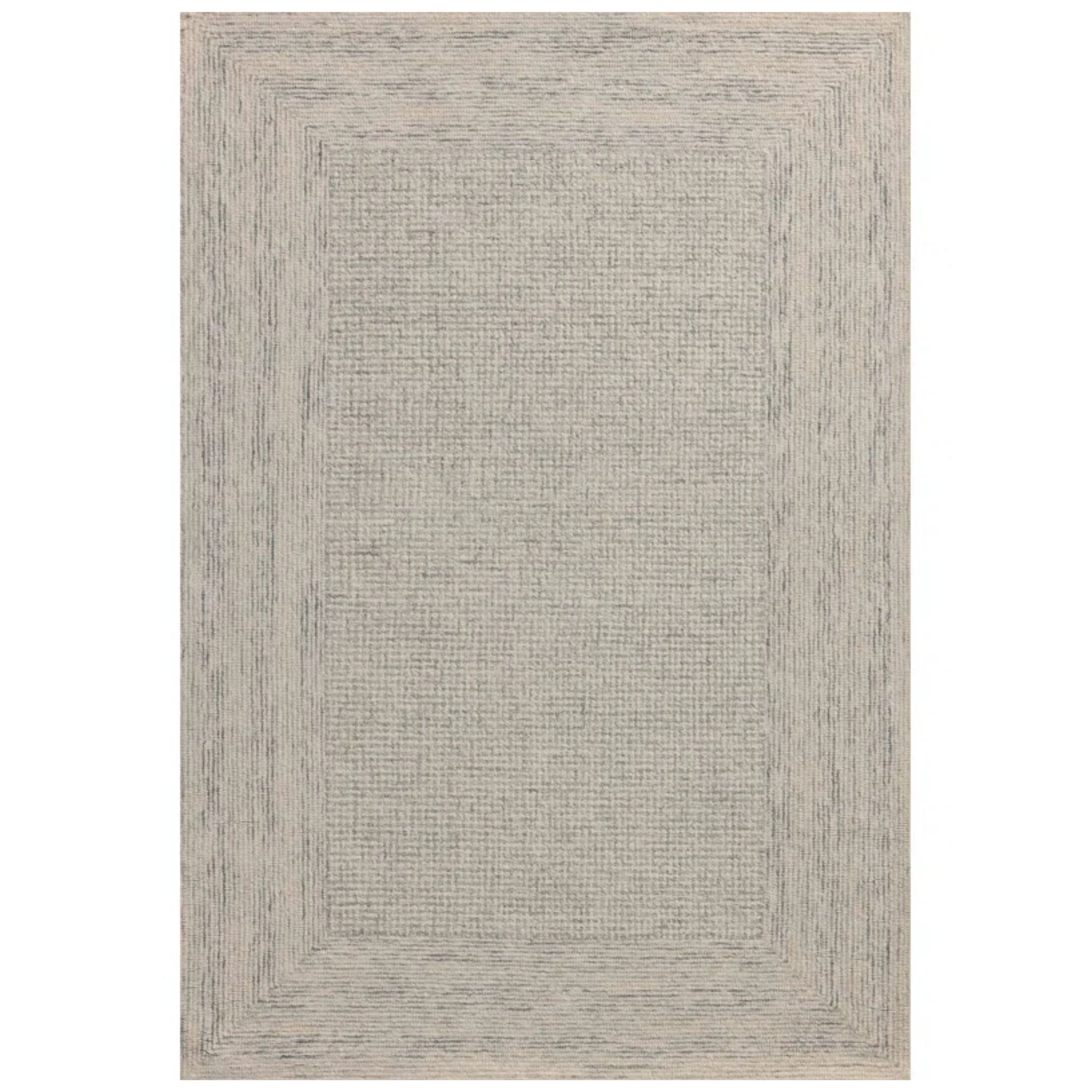
Hand-tufted by artisans in India, this ethically certified rug is ideal for high-traffic areas, with a timeless versatility and comfortable finish.
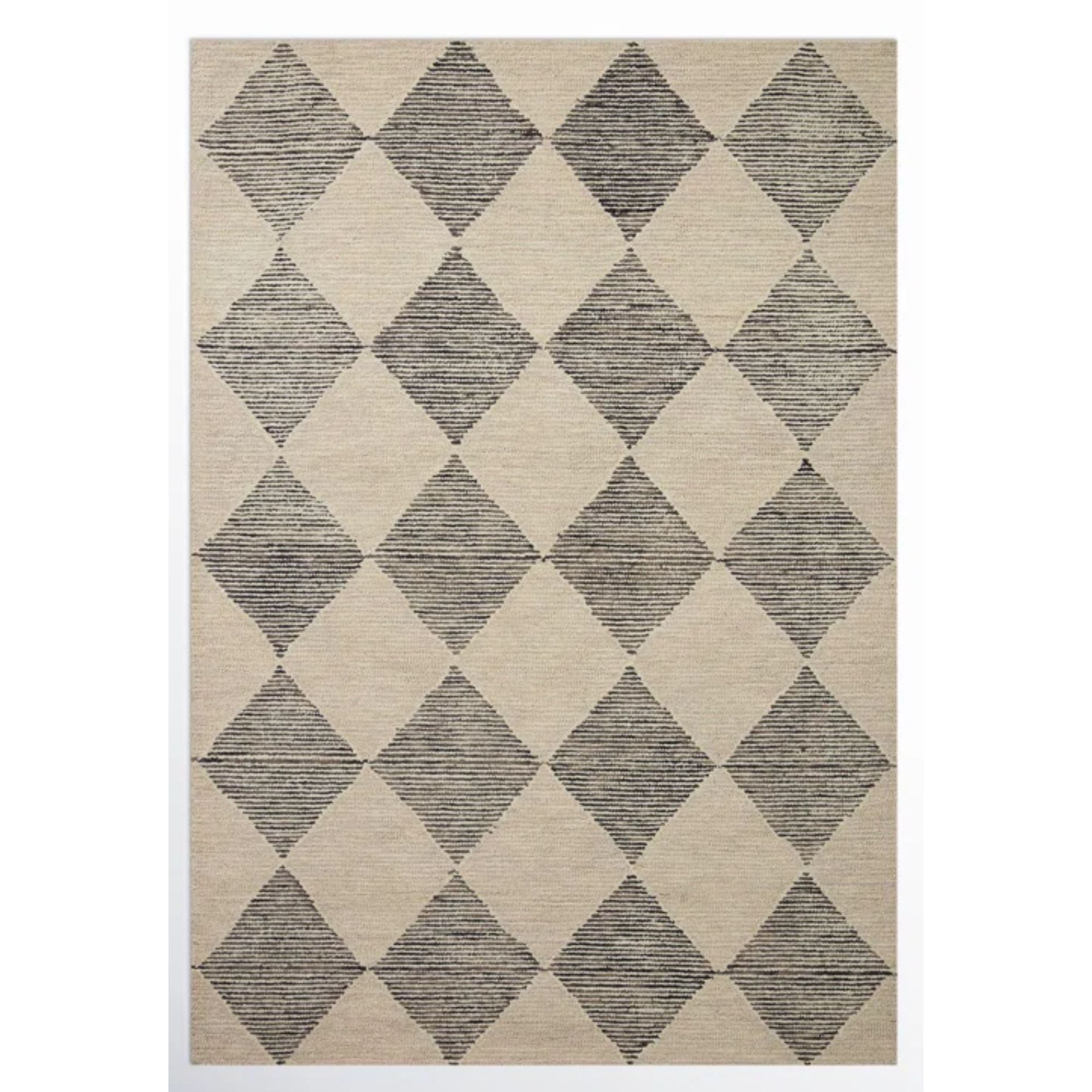
This durable rug, also available in a runner size, is stain resistant, with a medium-height woven pile.
3. Furniture foam

Once you've invested in the best couch you can afford, your evenings and days become a whole lot more comfortable. But, if you shop vintage or prefer to thrift, chances are your furniture foam could contain more than plush pillowing.
Tasha explains, 'For decades, manufacturers added flame retardants to upholstered furniture, thinking it would improve fire safety.
'But, we now know these chemicals don’t provide significant fire protection, and they come with serious health risks, including cancer, hormone disruption and developmental issues,' as covered in this EWG news release entitled Study: Replacing Furniture and Foam Reduces Levels of Toxic Flame Retardants, and this peer-reviewed paper on ScienceDirect.
When it comes to this toxic item to get rid of, Tasha advises replacing old couches, or, at the very least, swapping out foam cushions for flame-retardant-free options.
Importantly, this switch won't increase any common fire risks in your home, but will improve the air-quality of your home, even when living in a city.
Meet our expert

Tasha specializes in understanding the relationship between exposure to harmful chemicals and public health, primarily researching contaminants in water, indoor air pollution, including secretly toxic items, and chemicals in consumer products.
FAQs
What is the most toxic thing in a household?
It likely comes as no surprise, but chemicals, particularly anti-freeze, are the most toxic items in your household. Cleaning products like bleach are also up there, so why not try out some eco-friendly sustainable cleaning swaps to naturally fight grease and grime.
There are also a number of other ways your house could be making you ill, and learning how and why is crucial to protecting your health.
Sign up to the Homes & Gardens newsletter
Design expertise in your inbox – from inspiring decorating ideas and beautiful celebrity homes to practical gardening advice and shopping round-ups.

Ottilie joined Homes & Gardens last year, after finishing a Master's in Magazine Journalism at City, University of London. With previous contributions in Livingetc and Motorsport Magazine, she produces content for the Solved section on the website, focusing on clever tips and tricks to keep your home beautiful, organized and clean. She also has an undergraduate degree in English Literature and History of Art from the University of Edinburgh, where she developed a love for inspiring interiors and architecture.
You must confirm your public display name before commenting
Please logout and then login again, you will then be prompted to enter your display name.
-
 5 fast-growing tiny flowers – expert recommendations to fill your pots and borders with color in record time
5 fast-growing tiny flowers – expert recommendations to fill your pots and borders with color in record timeThese fast-growing tiny flowers prove that miniature can also be marvelous
By Thomas Rutter
-
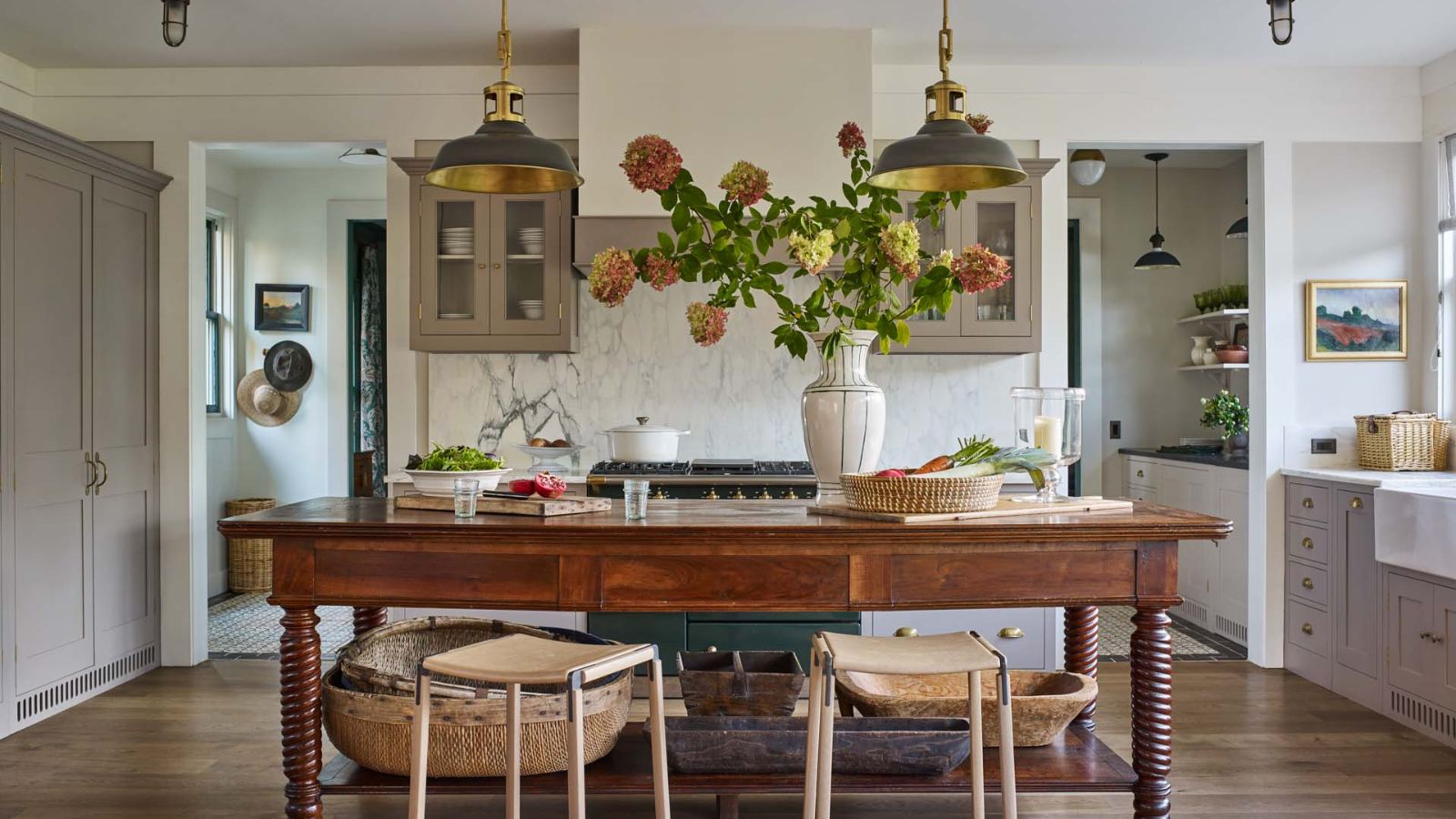 Midimalist kitchens are the trending way to create a characterful yet clutter-free space – and these 8 spaces prove how chic this best of both worlds style can be
Midimalist kitchens are the trending way to create a characterful yet clutter-free space – and these 8 spaces prove how chic this best of both worlds style can beIt's the go-to kitchen style for a balance of busy and simplistic design
By Molly Malsom
-
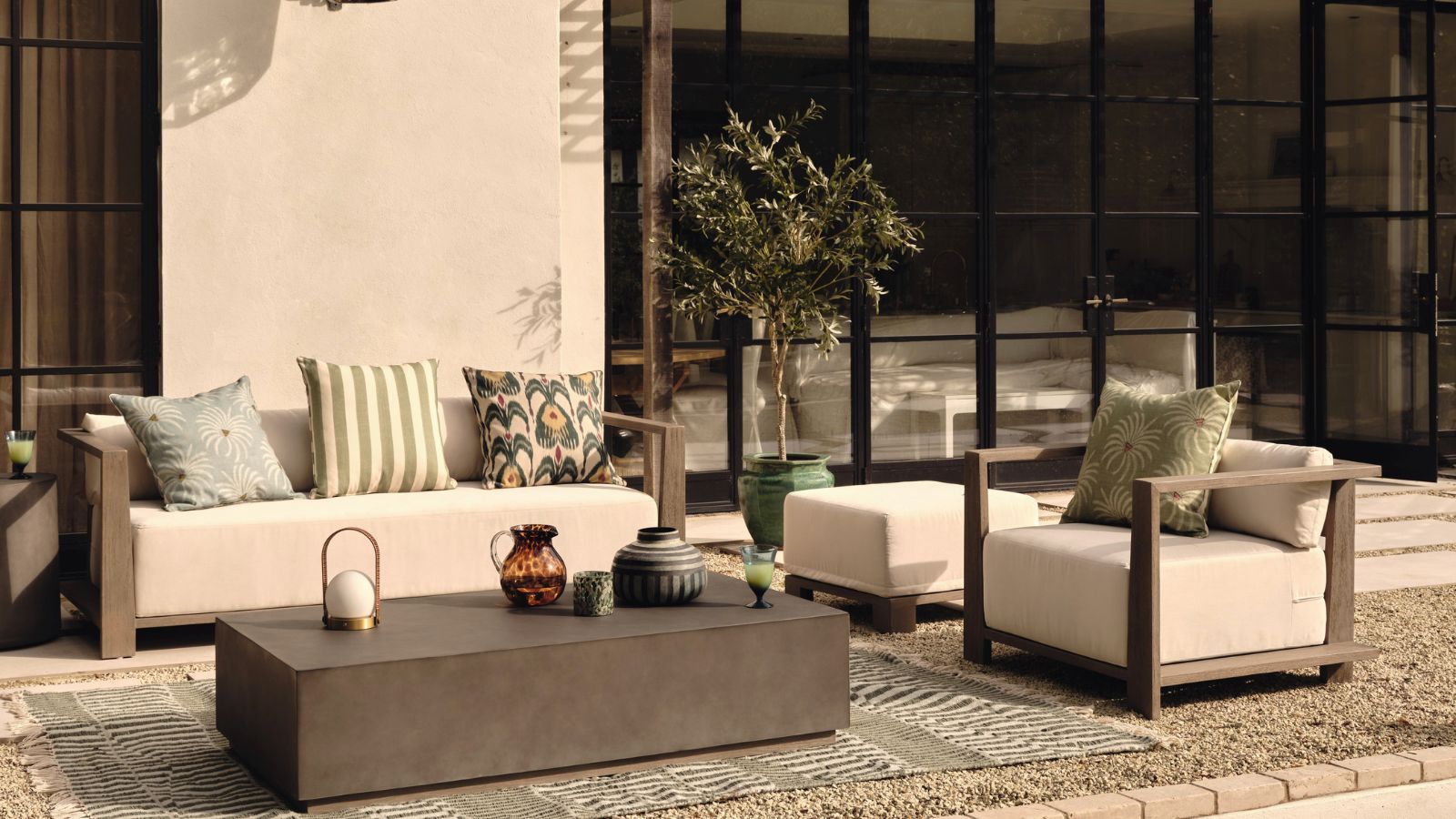 I tried the baking soda trick to quickly and naturally clean my outdoor rug – it’s now set for Easter outdoor hosting
I tried the baking soda trick to quickly and naturally clean my outdoor rug – it’s now set for Easter outdoor hostingBaking soda is perfect for lifting dirt and debris
By Eve Smallman
-
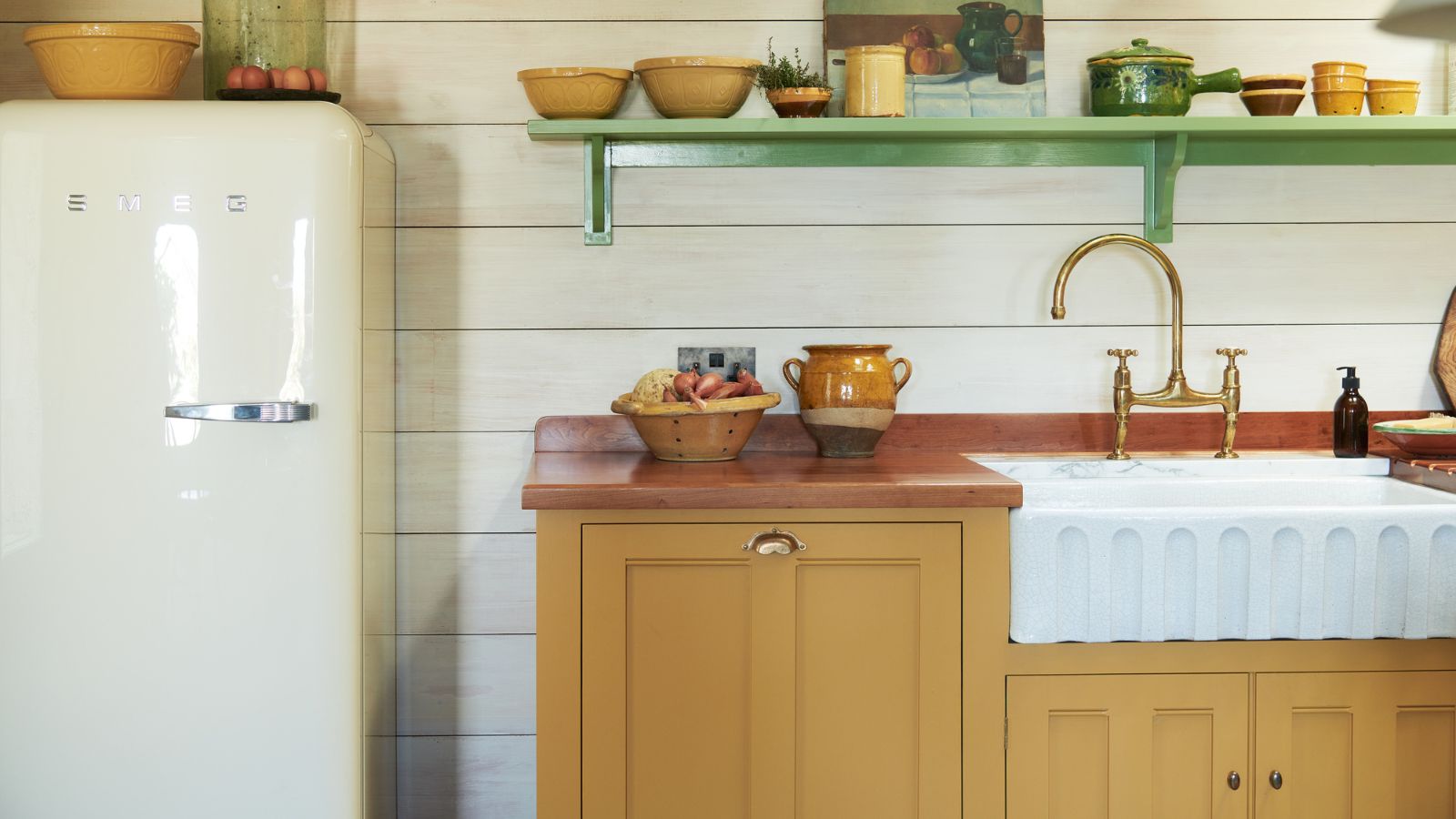 The 5 worst things you can do to your fridge – these will drive up energy costs and result in pricey and regrettable repairs
The 5 worst things you can do to your fridge – these will drive up energy costs and result in pricey and regrettable repairsIt's crucial to swerve these blunders, appliance experts warn
By Ottilie Blackhall
-
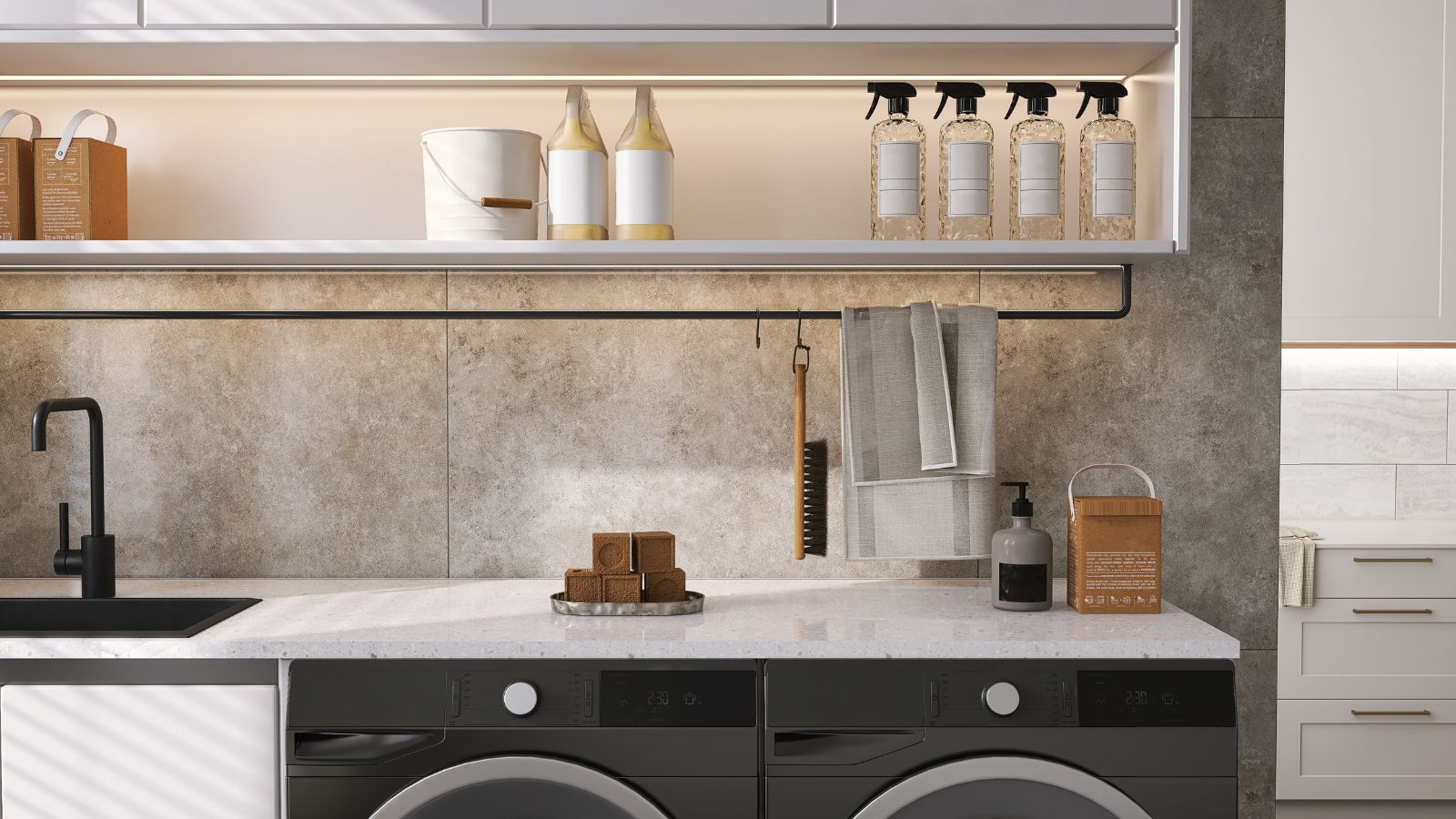 Extend the lifespan of your appliance with 5 simple but crucial washing machine maintenance tips
Extend the lifespan of your appliance with 5 simple but crucial washing machine maintenance tipsFrom cleaning the filters to keeping the door open, experts reveal the washer tips they swear by
By Andy van Terheyden
-
 5 vital ways a home battery backup can help with your most urgent needs in a power outage – from heating to flood prevention and calls
5 vital ways a home battery backup can help with your most urgent needs in a power outage – from heating to flood prevention and callsExperts say they're a worthy investment
By Clement Feng
-
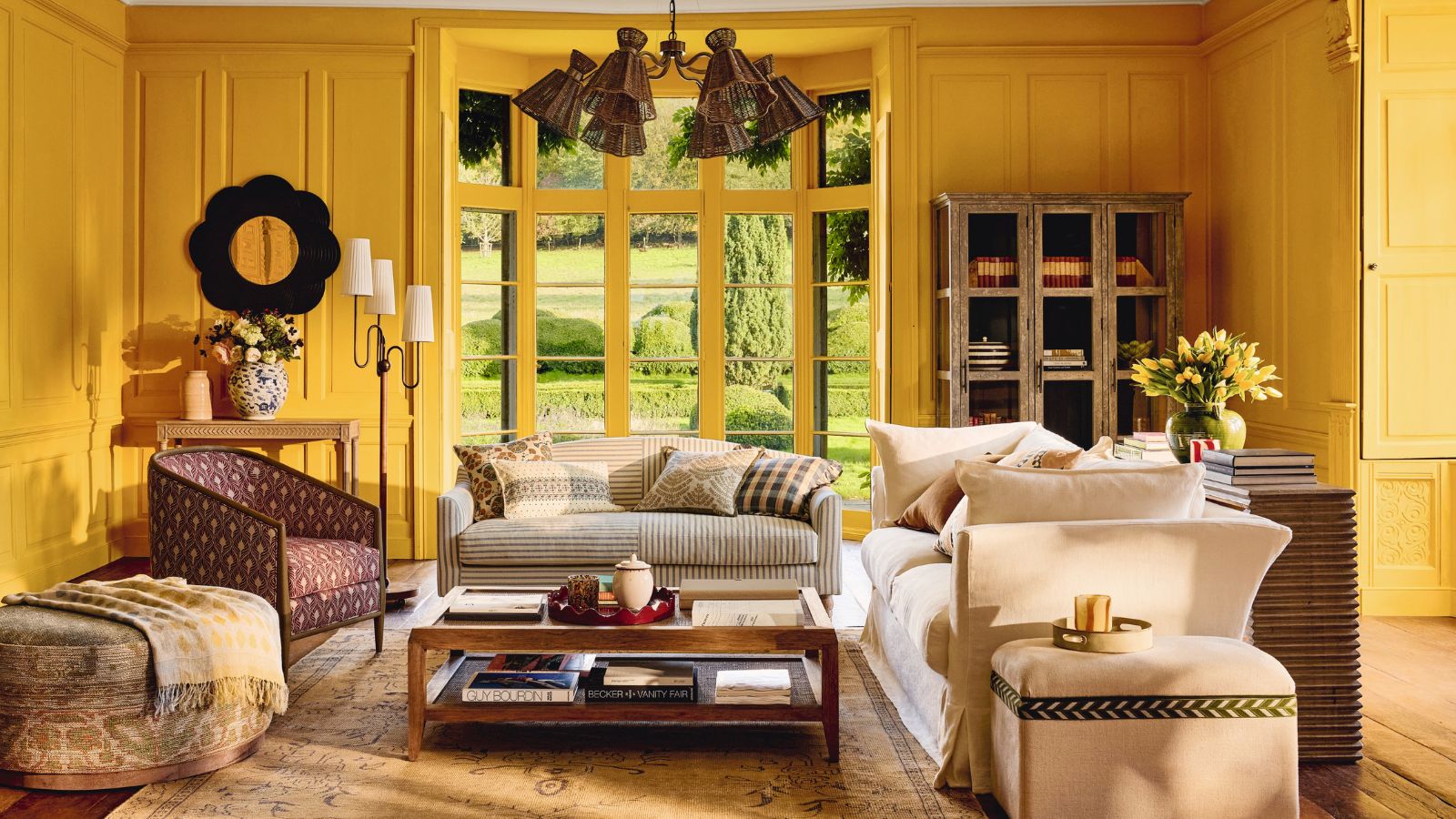 I’m an HVAC technician, and this is when I turn on my AC each year – plus 5 checks I always do beforehand
I’m an HVAC technician, and this is when I turn on my AC each year – plus 5 checks I always do beforehandSave yourself an AC hassle by running my checks and turning it on before big heat hits
By Josh Mitchell
-
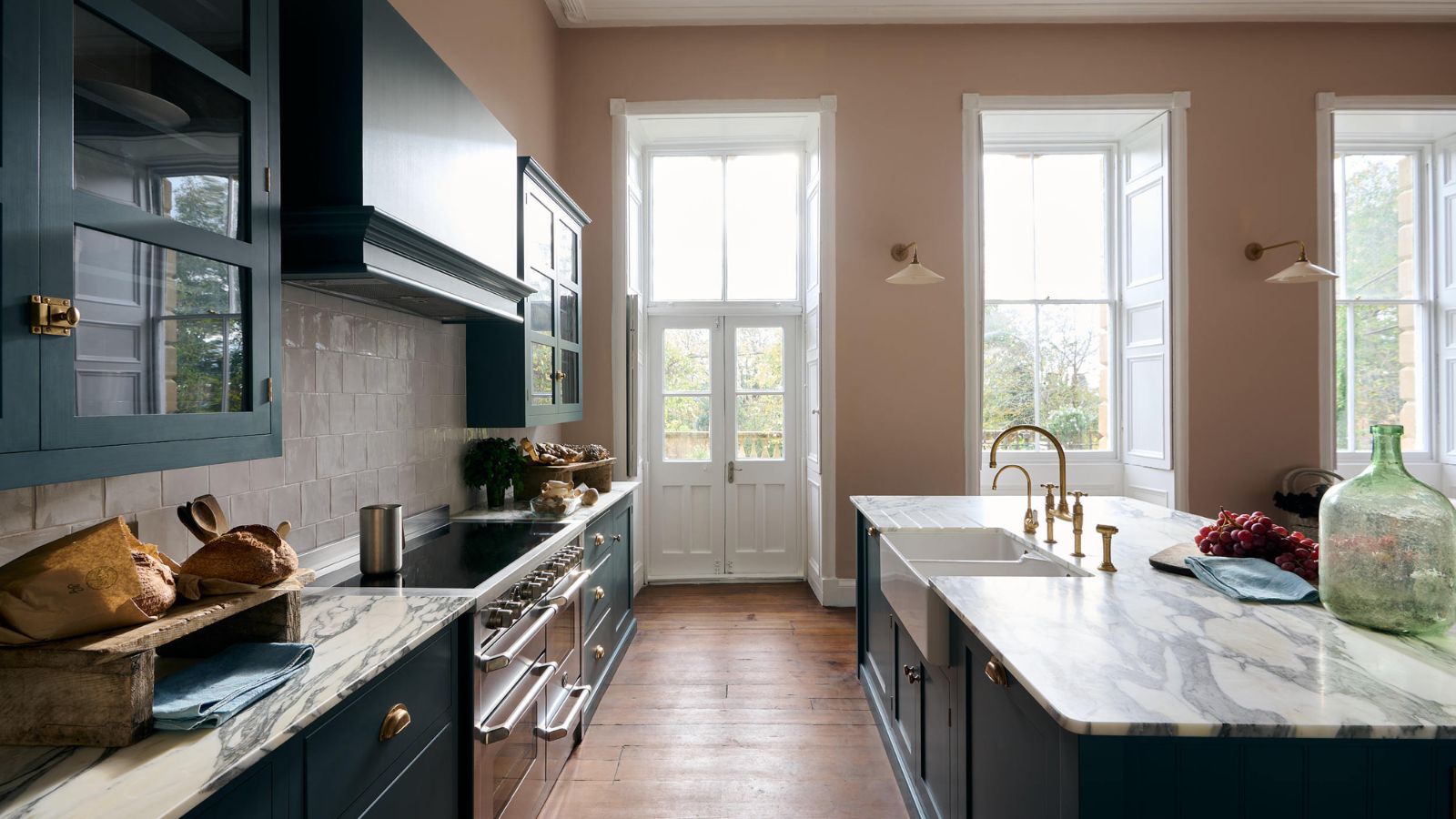 6 things you should never throw in the trash – and what to do for safe disposal instead
6 things you should never throw in the trash – and what to do for safe disposal insteadFrom batteries to space heaters, experts reveal what not to throw
By Andy van Terheyden
-
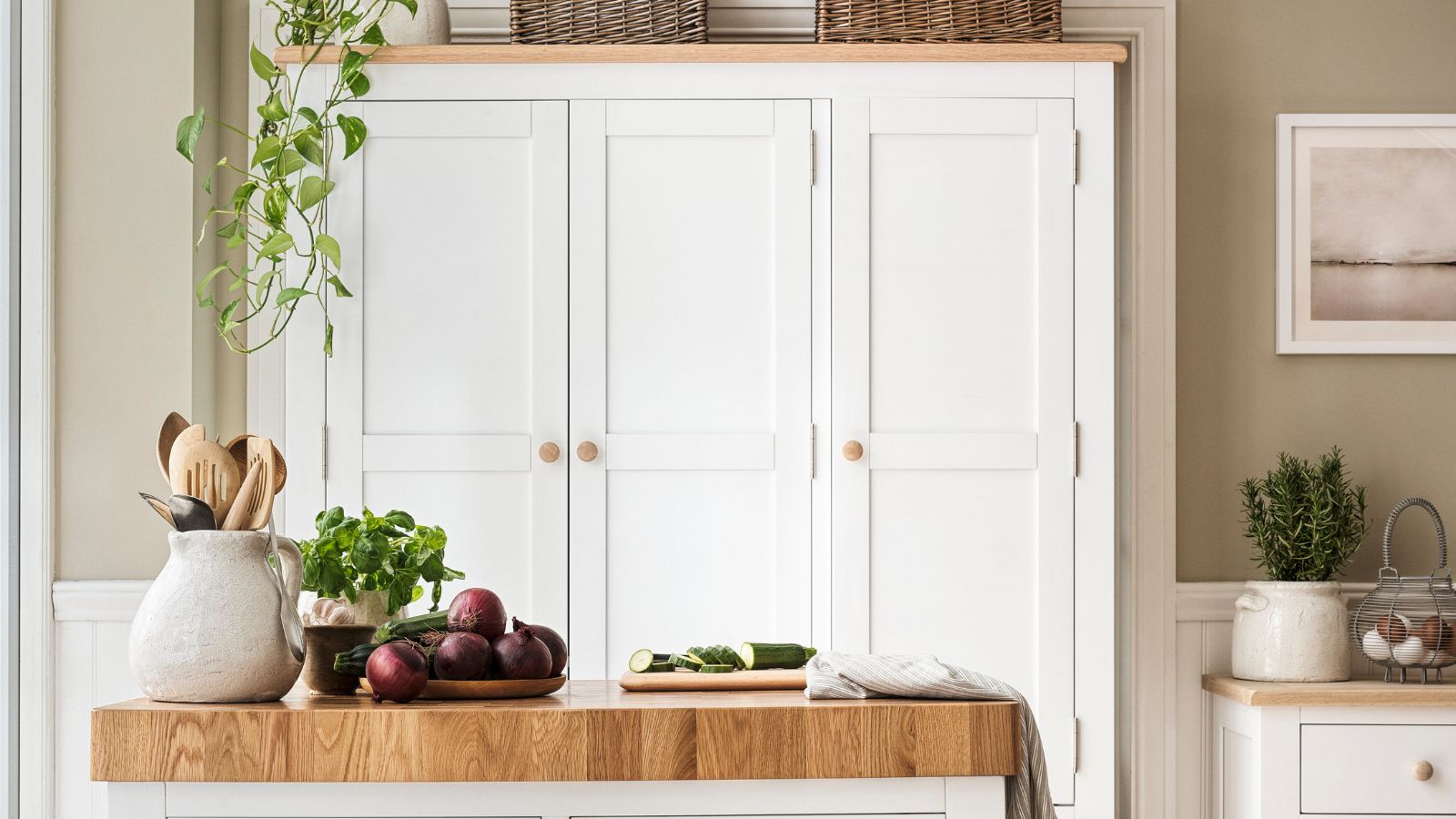 7 spring home maintenance mistakes to never make – overlooking these now can lead to pest problems and structural damage
7 spring home maintenance mistakes to never make – overlooking these now can lead to pest problems and structural damageHome improvement pros share common mistakes and what to do instead
By Eve Smallman
-
 10 common but little-known HOA fines to watch out for – and how to avoid them
10 common but little-known HOA fines to watch out for – and how to avoid themFrom sprinklers to garage doors and external pipes, your HOA contract may leave you open to a fine
By Eve Smallman